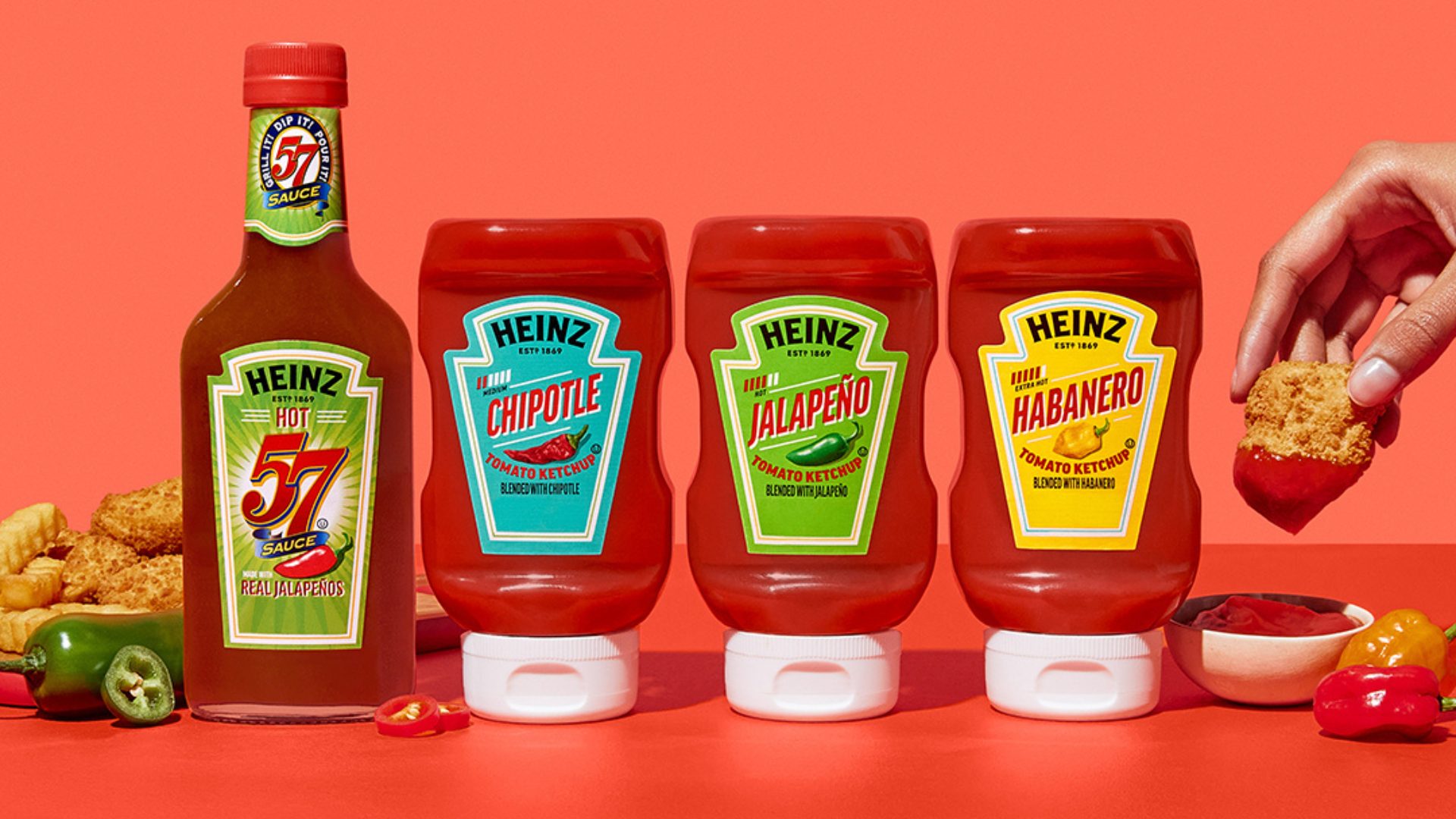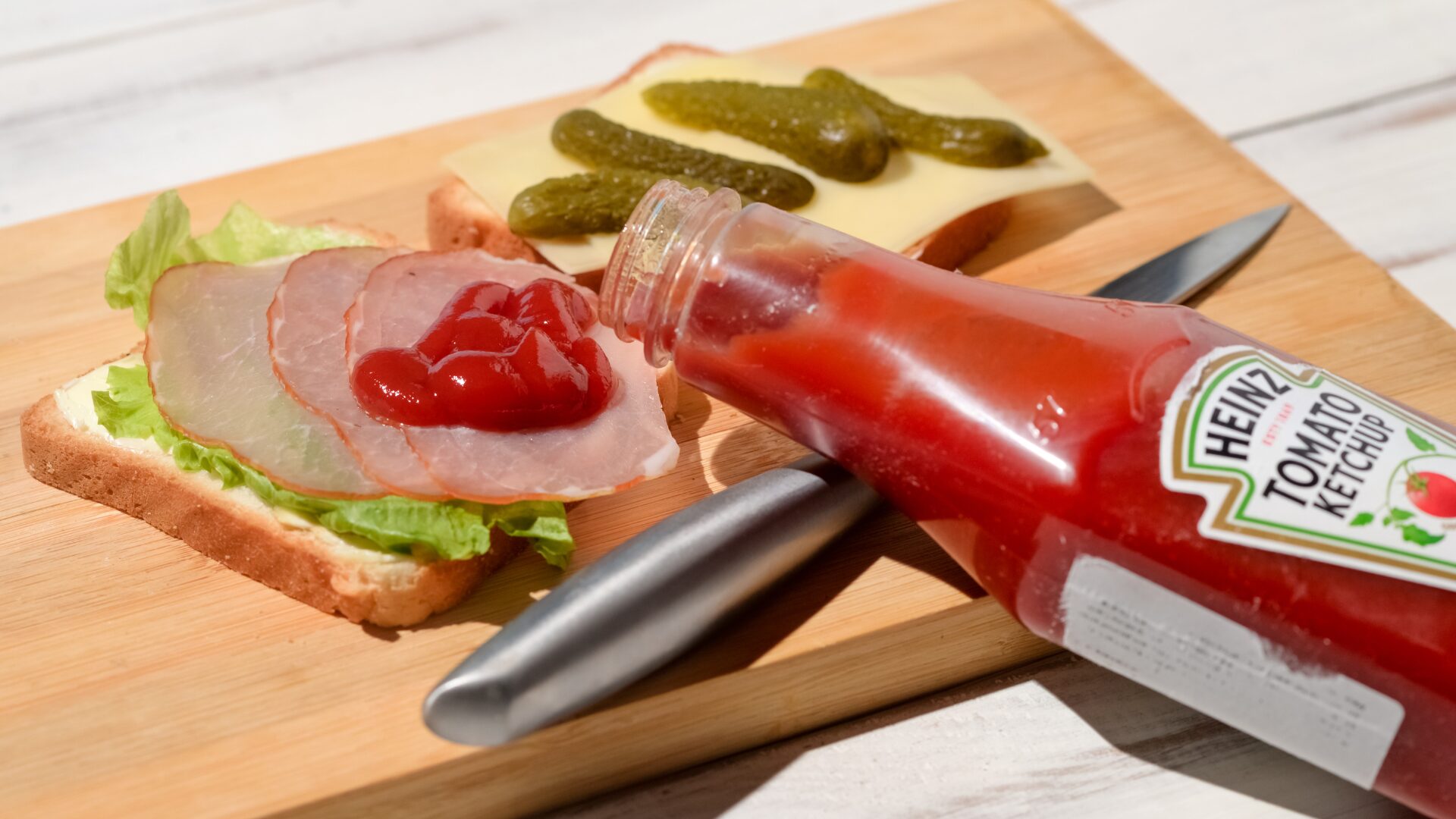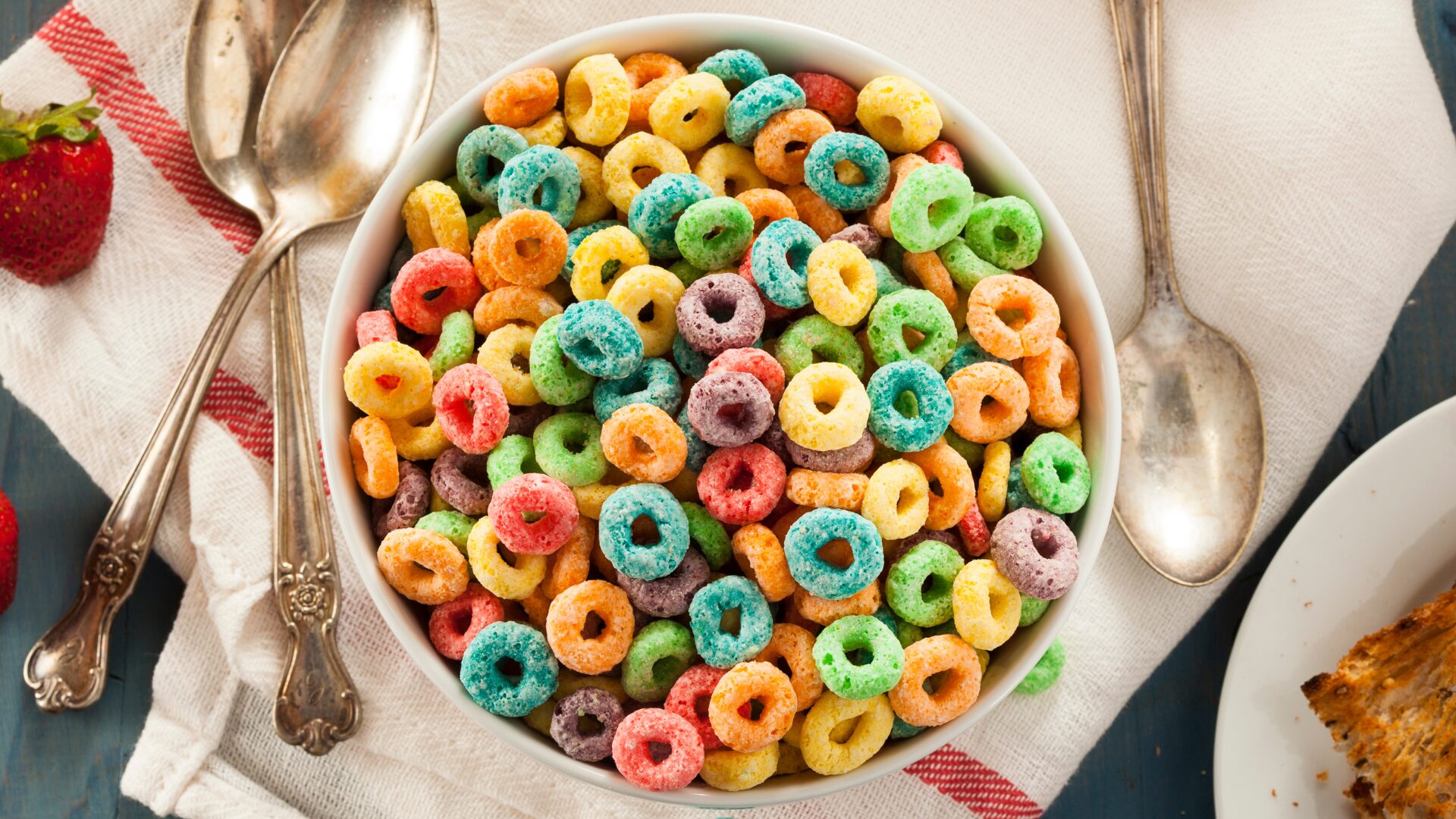In the U.S., inflation has been running above 5% since the middle of 2021. For packaged foods players, input cost increases have been even higher.
Yet, at least so far, even the companies on the ‘value’ side of the packaged food industry have successfully passed those increases on to consumers.
Campbell Soup, for instance, saw adjusted gross profit dollars decline just 3% in fiscal 2022 (ending July) on revenue that, thanks to divestitures, was flat year-over-year. In the fiscal first quarter of 2023, adjusted gross profit dollars grew 14% while sales increased 15%.
General Mills has actually increased its gross margin percentage over the past two quarters. Kraft Heinz essentially matched pricing to inflation and saw volume decline less than 4% year-over-year.
Perhaps the most stark example of the trend in the calendar third quarter came from Hostess Brands. The snack company, perhaps best known as the manufacturer of Twinkies, saw revenue increase 20.2% in Q3 — on essentially zero (0.1%, to be exact) growth in volume. Price/mix more than offset a stunning 18.5% increase in input costs.
CONSUMER REACTION
To be sure, inflation has changed consumer behavior to some extent. A survey last year highlighted a so-called “inflation diet”. There’s been some trading down in proteins, notably, and even poultry processor Pilgrim’s Pride has called out a shift from white meat to less expensive dark meat.
Still, overall, in food (both at home and out of home) the U.S. consumer has been resilient, much as she has in other industries. Even food delivery is holding up well. The question is if and when that will change.
After all, during this inflationary period the U.S. economy has mostly been reasonably solid. Whatever one’s side in the debate over whether there technically was a recession in the U.S. last year, unemployment has been low and household balance sheets in solid shape.
Invariably that will change. And what then?
HISTORY LESSONS
As we noted last year, history suggests some caution for investors. The 2008-09 financial crisis caused a steep, if relatively brief, plunge in packaged foods stocks. Neither blue-chips like Coca-Cola and PepsiCo nor those serving more value-conscious shoppers were spared.
But the businesses themselves held up relatively well. In May 2009, management at the H.J. Heinz Company was crowing on an earnings call about yet another year of record profits. Two months later, General Mills reported double-digit increases in sales and earnings for its U.S. Retail business during fiscal 2009. Campbell did post somewhat soft results for its FY09, but what was then the U.S. Soup, Sauces and Beverages segment still generated revenue growth of 3%.
In calendar 2009, Kraft Foods posted roughly flat revenue in constant currency, but managed to drive higher profit just the same.
That kind of performance is why during times of turmoil investors have gravitated toward food manufacturers, and particularly the larger, most price-competitive manufacturers. These companies can actually benefit from a recession. Consumers will both increase the percentage of their budget spent eating at home and, within that budget, generally spend more on lower-priced choices.
NOTABLE DIFFERENCES IN 2023
But there are two big problems with expecting that history to repeat should a recession arrive in 2023 or 2024. The first is that inflation is notably higher. During calendar 2009, overall inflation was roughly zero, and gas prices in fact fell sharply that year. That may not be the case this time around.
More notably, the value players in the food industry aren’t necessarily value players anymore. At the very least, they’re very different companies, as we discussed back in November.
Kraft separated from its snack business, to be renamed Mondelez, in 2012 and then merged with H.J. Heinz three years later. J.M. Smucker went into pet food; General Mills went even more aggressively by spending $8 billion for Blue Buffalo in 2018. Campbell pivoted into healthier foods through several acquisitions, then exited the category at a billion-dollar loss, choosing instead to join the crowded snack space with a $6 billion acquisition of Snyder’s-Lance.
These companies all still play on the value end of the industry — but that part of the respective businesses simply isn’t as large as it was fifteen years ago.
The irony at the moment is that these moves were made in large part because after the financial crisis, management teams across the industry wanted faster growth. Inexpensive and often highly-processed food didn’t offer that growth. Snacks and organic products and higher-end brands did.
Of course, those categories are often the ones at greatest risk when inflation and recession collide. It’s thus possible that the reshaping of so many food companies during the 2010s may create problems in the 2020s.
Vince Martin is an analyst and author whose work has appeared on multiple financial industry websites for more than a decade. He’s the lead writer at Overlooked Alpha, which offers market-wide and single-stock analysis every week.
The Food Institute Podcast
Click the play button above to listen to the episode.
Recent cyberattacks have shown the business and reputational impacts of a breach, but what technologies can be used to protect your organization? SmartLedger’s Bryan Daugherty and Gregory Ward explain how CERTIHASH Sentinel Node can help a company detect a cyber intrusion more quickly, while IBM’s Patryk Walaszczyk shares how the technology could redefine cybersecurity.












